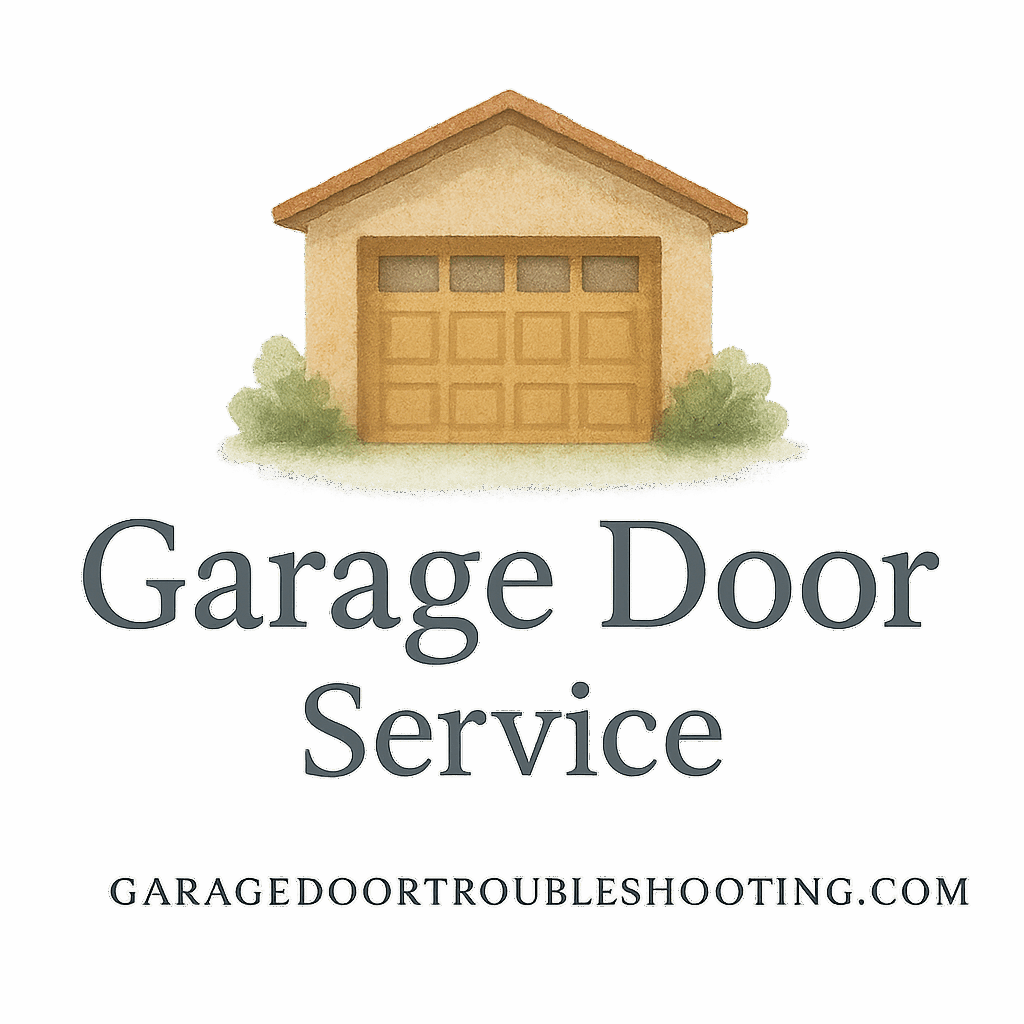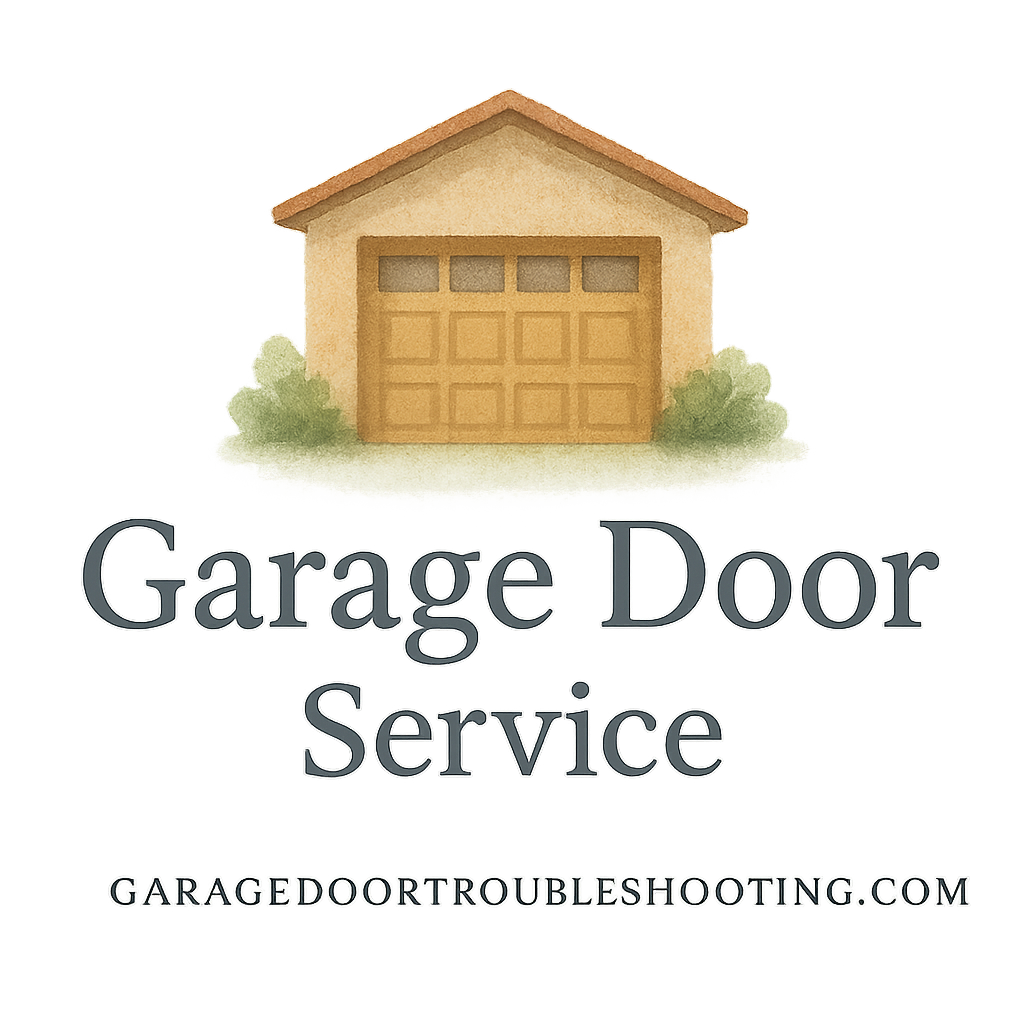Introduction: Why Rollers Matter in Garage Door Repairs
Garage doors are one of those things you barely notice until something goes wrong. But here’s the kicker: most garage door issues—loud squeaks, jerky movements, or the dreaded door that just won’t close—often trace back to one overlooked part: the rollers.
These little wheels may seem insignificant, but they’re the unsung heroes of smooth garage door operation. If your rollers are worn out, your door will not only sound terrible but may also pose a safety risk. That’s why knowing how to replace garage door rollers is a must for every homeowner.
In this guide, I’ll walk you through 8 steps for replacing rollers in garage door repairs—keeping it simple, safe, and effective.
Understanding Garage Door Rollers
What Are Garage Door Rollers?
Garage door rollers are small wheels attached to the sides of the garage door panels. They run along metal tracks, guiding the door smoothly up and down. Without them, your door would be stuck in place.
Common Signs of Worn-Out Rollers
You might need a roller replacement if you notice:
- Loud grinding or squeaking noises.
- A shaky, uneven movement when opening or closing.
- Visible cracks, chips, or flat spots on the rollers.
- The door gets stuck mid-way.
Why Roller Maintenance Boosts Safety and Performance
Ignoring bad rollers can strain your garage door opener and even damage the tracks. Worse, the door could jam or come off track, leading to safety hazards. Replacing rollers on time improves safety, extends the life of your garage door, and keeps your family secure.
Tools and Materials You’ll Need
Essential Tools for Replacing Rollers
Before you get started, gather these tools:
- A sturdy ladder.
- Locking pliers.
- Flathead and Phillips screwdrivers.
- Adjustable wrench.
- Pliers and hammer.
- Pry bar (optional).
Safety Gear You Should Never Skip
Garage door repair is no joke. Protect yourself with:
- Work gloves.
- Safety glasses.
- Closed-toe shoes.
Step 1: Disconnect Power and Secure the Door
The very first step is all about safety. Disconnect the garage door opener from its power source to prevent accidental operation. Then, use locking pliers to secure the track, keeping the door from moving while you work.
Step 2: Identify the Roller Type
Nylon vs. Steel Rollers
- Nylon rollers: Quieter and smoother, but wear out faster.
- Steel rollers: More durable, but can be noisy without lubrication.
Choosing the Right Replacement Roller
Check your current roller type, size, and stem length before buying replacements. Don’t guess—using the wrong roller size could damage your track.
Step 3: Remove the Garage Door from the Track Safely
Open the garage door partially until it’s about chest height. Then, clamp the track below the bottom roller with pliers. Carefully bend the track open near one of the rollers using a flathead screwdriver. This creates just enough space to slide the roller out.
Step 4: Remove Old or Damaged Rollers
Slide out each worn roller, one at a time. Inspect the hinges too, as damaged hinges can affect roller movement.

Step 5: Install New Garage Door Rollers
Insert the new rollers into the hinges, making sure they fit snugly. Slide them into the track opening you created earlier. Work panel by panel until all rollers are replaced.
Step 6: Reattach the Garage Door to the Track
Once all rollers are in place, use pliers to bend the track back into its original shape. Double-check alignment to ensure smooth movement.
Step 7: Lubricate the Rollers and Hinges
Apply garage door lubricant (never WD-40) to the rollers, hinges, and track. This reduces friction, noise, and wear. Nylon rollers with sealed bearings usually don’t need lubrication, but a little won’t hurt.
Step 8: Test the Garage Door Functionality
Finally, remove the clamps and plug the opener back in. Open and close the door several times to check for smooth operation. If it moves quietly without sticking, you’ve done it right.
Safety Precautions During Roller Replacement
DIY vs. Professional Garage Door Services
While DIY roller replacement is doable, garage door systems are under heavy tension. One wrong move could lead to injuries. If you feel unsure, don’t risk it.
When to Call a Professional
If your rollers are damaged along with the springs or cables, call in experts. Professional services like those listed at Garage Door Services Professionals can handle complex repairs safely.
Long-Term Garage Door Maintenance Tips
Creating a Maintenance Plan
Regular inspections and lubrication can double the life of your rollers. For more advice, check out these garage door maintenance tips.
Common Mistakes Homeowners Make
- Using household grease instead of proper garage door lubricant.
- Ignoring small noises until they become big problems.
- Attempting dangerous spring repairs without expertise (dangerous repairs guide).
Benefits of Replacing Garage Door Rollers
- Quieter operation.
- Smoother movement.
- Reduced wear on your opener.
- Improved safety for your family.
- Increased lifespan of the door system.
For more insights, see our benefits guide.
Conclusion
Replacing garage door rollers may sound intimidating, but with the right tools, patience, and safety measures, it’s a manageable DIY task. By following these 8 steps for replacing rollers in garage door repairs, you’ll restore your door’s smooth operation, reduce noise, and keep your home secure.
If you’re ever in doubt, don’t hesitate to reach out to a professional. After all, a garage door isn’t just about convenience—it’s about your family’s safety.
For more detailed guides, visit Garage Door Troubleshooting.
FAQs
How often should I replace garage door rollers?
On average, every 5–7 years, but it depends on roller type and usage.
Can I replace garage door rollers myself without a pro?
Yes, but only if you’re comfortable with DIY projects and follow safety precautions.
What happens if I ignore damaged rollers?
They can cause track damage, opener strain, or even cause the door to come off its track.
Are nylon rollers better than steel rollers?
Nylon rollers are quieter, while steel rollers last longer. The best choice depends on your needs.
How much does it cost to replace garage door rollers?
Typically between $50–$150, depending on the type and whether you hire a pro.
Do all garage doors use the same roller type?
No, roller sizes and stems vary. Always check your door’s specifications.
Is it dangerous to replace garage door rollers on my own?
It can be if you don’t follow safety steps. When in doubt, call a professional repair service.


